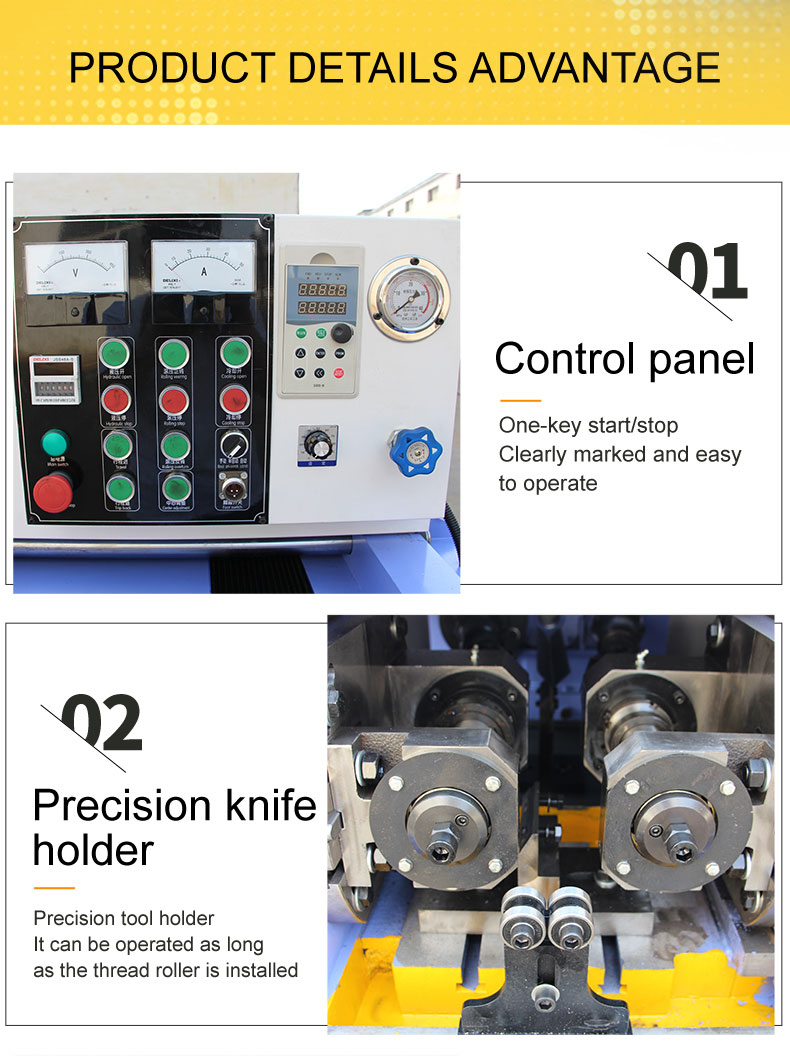
-
 Afrikaans
Afrikaans -
 Albanian
Albanian -
 Amharic
Amharic -
 Arabic
Arabic -
 Armenian
Armenian -
 Azerbaijani
Azerbaijani -
 Basque
Basque -
 Belarusian
Belarusian -
 Bengali
Bengali -
 Bosnian
Bosnian -
 Bulgarian
Bulgarian -
 Catalan
Catalan -
 Cebuano
Cebuano -
 Corsican
Corsican -
 Croatian
Croatian -
 Czech
Czech -
 Danish
Danish -
 Dutch
Dutch -
 English
English -
 Esperanto
Esperanto -
 Estonian
Estonian -
 Finnish
Finnish -
 French
French -
 Frisian
Frisian -
 Galician
Galician -
 Georgian
Georgian -
 German
German -
 Greek
Greek -
 Gujarati
Gujarati -
 Haitian Creole
Haitian Creole -
 hausa
hausa -
 hawaiian
hawaiian -
 Hebrew
Hebrew -
 Hindi
Hindi -
 Miao
Miao -
 Hungarian
Hungarian -
 Icelandic
Icelandic -
 igbo
igbo -
 Indonesian
Indonesian -
 irish
irish -
 Italian
Italian -
 Japanese
Japanese -
 Javanese
Javanese -
 Kannada
Kannada -
 kazakh
kazakh -
 Khmer
Khmer -
 Rwandese
Rwandese -
 Korean
Korean -
 Kurdish
Kurdish -
 Kyrgyz
Kyrgyz -
 Lao
Lao -
 Latin
Latin -
 Latvian
Latvian -
 Lithuanian
Lithuanian -
 Luxembourgish
Luxembourgish -
 Macedonian
Macedonian -
 Malgashi
Malgashi -
 Malay
Malay -
 Malayalam
Malayalam -
 Maltese
Maltese -
 Maori
Maori -
 Marathi
Marathi -
 Mongolian
Mongolian -
 Myanmar
Myanmar -
 Nepali
Nepali -
 Norwegian
Norwegian -
 Norwegian
Norwegian -
 Occitan
Occitan -
 Pashto
Pashto -
 Persian
Persian -
 Polish
Polish -
 Portuguese
Portuguese -
 Punjabi
Punjabi -
 Romanian
Romanian -
 Russian
Russian -
 Samoan
Samoan -
 Scottish Gaelic
Scottish Gaelic -
 Serbian
Serbian -
 Sesotho
Sesotho -
 Shona
Shona -
 Sindhi
Sindhi -
 Sinhala
Sinhala -
 Slovak
Slovak -
 Slovenian
Slovenian -
 Somali
Somali -
 Spanish
Spanish -
 Sundanese
Sundanese -
 Swahili
Swahili -
 Swedish
Swedish -
 Tagalog
Tagalog -
 Tajik
Tajik -
 Tamil
Tamil -
 Tatar
Tatar -
 Telugu
Telugu -
 Thai
Thai -
 Turkish
Turkish -
 Turkmen
Turkmen -
 Ukrainian
Ukrainian -
 Urdu
Urdu -
 Uighur
Uighur -
 Uzbek
Uzbek -
 Vietnamese
Vietnamese -
 Welsh
Welsh -
 Bantu
Bantu -
 Yiddish
Yiddish -
 Yoruba
Yoruba -
 Zulu
Zulu
Exporter of Flat Die Thread Rolling Machines for Efficient Precision Manufacturing Solutions
Understanding Flat Die Thread Rolling Machines and Their Export Trends
In the world of manufacturing, thread rolling is a crucial process for producing strong, durable threads on various metal components. Among the different thread rolling machines available, flat die thread rolling machines have gained popularity due to their efficiency, precision, and versatility. This article delves into the characteristics of flat die thread rolling machines, their applications, and the trends in their export to different markets around the globe.
What is a Flat Die Thread Rolling Machine?
Flat die thread rolling machines are specialized machines that utilize two flat dies to shape the threads on a cylindrical workpiece. Unlike traditional cutting methods that remove material to create threads, thread rolling deforms the material, inherently strengthening the threads because of the grain flow alignment in the rolled area. This method not only enhances the mechanical properties of the threads but also improves surface finish, making it ideal for various applications in automotive, aerospace, and general manufacturing.
Key Features of Flat Die Thread Rolling Machines
1. High Precision These machines are designed to maintain tight tolerances, ensuring that the threads produced meet stringent specifications. This precision is crucial in high-stress applications where failures can have catastrophic consequences.
2. Efficiency Flat die thread rolling machines can operate at high speeds, allowing manufacturers to produce large quantities of threaded components in a shorter time. This efficiency translates into lower production costs and a competitive edge in the market.
3. Versatility They can accommodate a wide range of materials including steel, aluminum, and alloys, making them suitable for various industries. Additionally, the ability to adjust die configurations means that manufacturers can produce different thread sizes and profiles with ease.
flat die thread rolling machine exporter

4. Eco-Friendliness Since thread rolling does not cut away material but instead reshapes it, there is significantly less waste generated in the process. This feature aligns with the growing trend towards sustainability in manufacturing.
Global Export Trends
The demand for flat die thread rolling machines has been increasing globally as industries seek to enhance productivity and quality. Countries known for automotive and aerospace manufacturing, such as Germany, Japan, and the United States, are significant consumers of these machines. Furthermore, emerging economies in Asia, particularly India and China, are witnessing rapid industrialization, leading to an uptick in the demand for advanced manufacturing equipment including thread rolling machines.
Exporters of flat die thread rolling machines are adopting innovative strategies to cater to these markets. For instance, many are focusing on customization options to meet specific industry standards and regulations, thus attracting a wider client base. Additionally, there is a notable shift towards incorporating advanced technology such as automation and digital monitoring systems, which enhance the functionalities of traditional thread rolling machines.
Challenges in Exporting Flat Die Thread Rolling Machines
Despite the growing market for flat die thread rolling machines, exporters face several challenges. Tariffs and trade regulations can impact pricing and competitiveness in foreign markets. Additionally, the need for after-sales support and training is crucial, as different markets may have varying levels of expertise in using these machines. Exporters must also ensure compliance with international standards to gain and maintain the trust of global clients.
Conclusion
Flat die thread rolling machines represent a vital segment of the manufacturing sector, offering tools that combine efficiency with precision. The increasing demand for these machines reflects broader trends in manufacturing aimed at achieving higher productivity and quality. As the global market continues to evolve, exporters of flat die thread rolling machines must navigate challenges while capitalizing on opportunities to innovate and expand their offerings. A forward-thinking approach will not only enable suppliers to thrive but also contribute to the enhancement of manufacturing practices worldwide.
